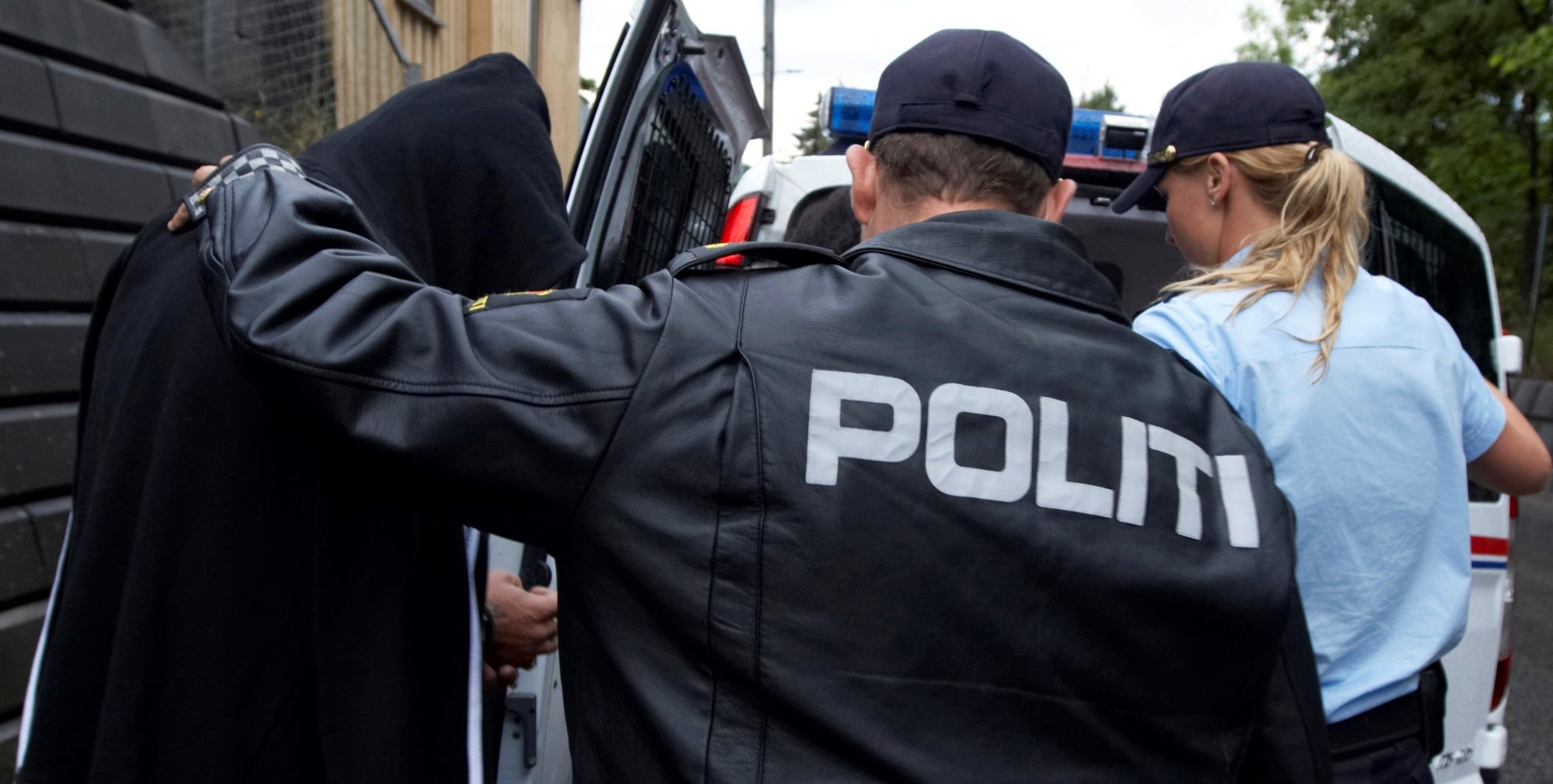Based on the municipality’s own figures, Rødt showed that together with the waterworks at Maurne and the water line from Storvatnet, there was enough water to supply all subscribers in the area including the salmon slaughterhouse at Holmøy.
However, Rødt was alone in arguing and voting against the municipality entering into an agreement with Holmøy to build its own water pipeline from Lilandsvatnet to the salmon slaughterhouse. The agreement obliges the municipality to pay for a new intake pipe from Lilandsvatnet to the Maurnes waterworks, and Holmøy itself must pay for a branch pipe from there to its factory. The cost of the recently completed cross-strait water pipeline from Storvatnet was about 20 million and, according to the plan, was supposed to supply water to the business district of Holmen.
This is highlighted as background to the basis of the questions, which at this stage relate more to financial matters.
When entering into the agreement with Holmøy for direct water supply from Lilandsvatnet, the municipal director provided calculations stating that the municipality’s expenditures with the project would be between 4 and 7.5 million. In June 2022, the majority in the municipal council granted 8 million to the project. Indeed, while processing the budget in December of the same year (2023 budget), the amount was increased to more than 21 million! Not only that – now in December 2023, costs are currently set at just under NOK 31 million – a new margin of NOK 9 million! The facility does not appear to have been completed.
Investment projects often cost more than originally calculated, but it is difficult to find examples of doubling the price (so far) compared to the basis that was calculated when concluding the agreement. This project will initially be covered directly by water fees collected from the private and business sectors.
According to Roodt’s assessments, the project leaves little for the municipality’s residents, while at the same time granting a private business operator rights to an important municipal water source that has great potential as a potential future municipal backup water source.
It supports our claim that the whole project was superficial and very poorly evaluated in the first place or that there are arguments in the case that are not much known.
Rødt wants further clarification and asks the following questions:
1. Was another supply line to the Maurnes waterworks originally planned and required from Lilandsvatnet to cover the waterworks supply area (without Holmøy)?
2. Why were more realistic financial calculations not made before the budget needs originally provided were between 4 and 7.5 million which ended up (so far?) being 30,884 million?
3. What was the reason for the cost overrun and were there negotiations with the contractor and/or Holmøy about the possibility of sharing the additional costs?
4. In the case submitted regarding the filing of the development agreement with Holmøy, it is written: “When the polluted water fee rate is subsequently determined, however, one will seek to avoid the impact of this investment on fees for other subscribers.” What was the result? Will these 30 million yet be charged to the fees of all subscribers connected to the municipal water stations?

“Explorer. Unapologetic entrepreneur. Alcohol fanatic. Certified writer. Wannabe tv evangelist. Twitter fanatic. Student. Web scholar. Travel buff.”



